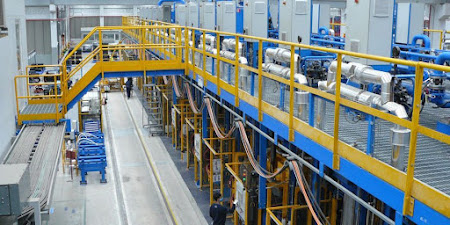An automated assembly system is made up of automated and mechanized machines that all conduct different operations in order to make a single item or product. Mechanical systems are often built to carry out predetermined repeated actions, such as the defined sequences required for assembling components and products.
Automated assembly systems are frequently available in tabletop variants that may be mounted along with conveyor belts and customized with other production line equipment like printed circuit board (PCB) optical bond testers. These system types assist businesses in mass producing and distributing items. As a result, for optimum product production, their functions must be properly monitored.
Automation dependably executes processes, freeing operators from hours of tiresome, difficult manual labor. Automation is repeatable and exact. It assures that the product is made to the same standards and uses the same procedure every time.
The assembly process may be one of the more expensive direct labor expenditures for many firms. Automation can help to reduce these expenses. Automated procedures result in better process control and quality standards while lowering expenses.















